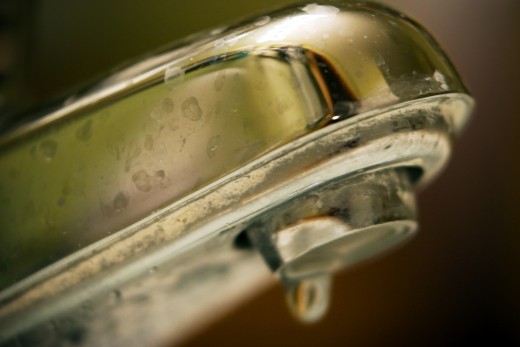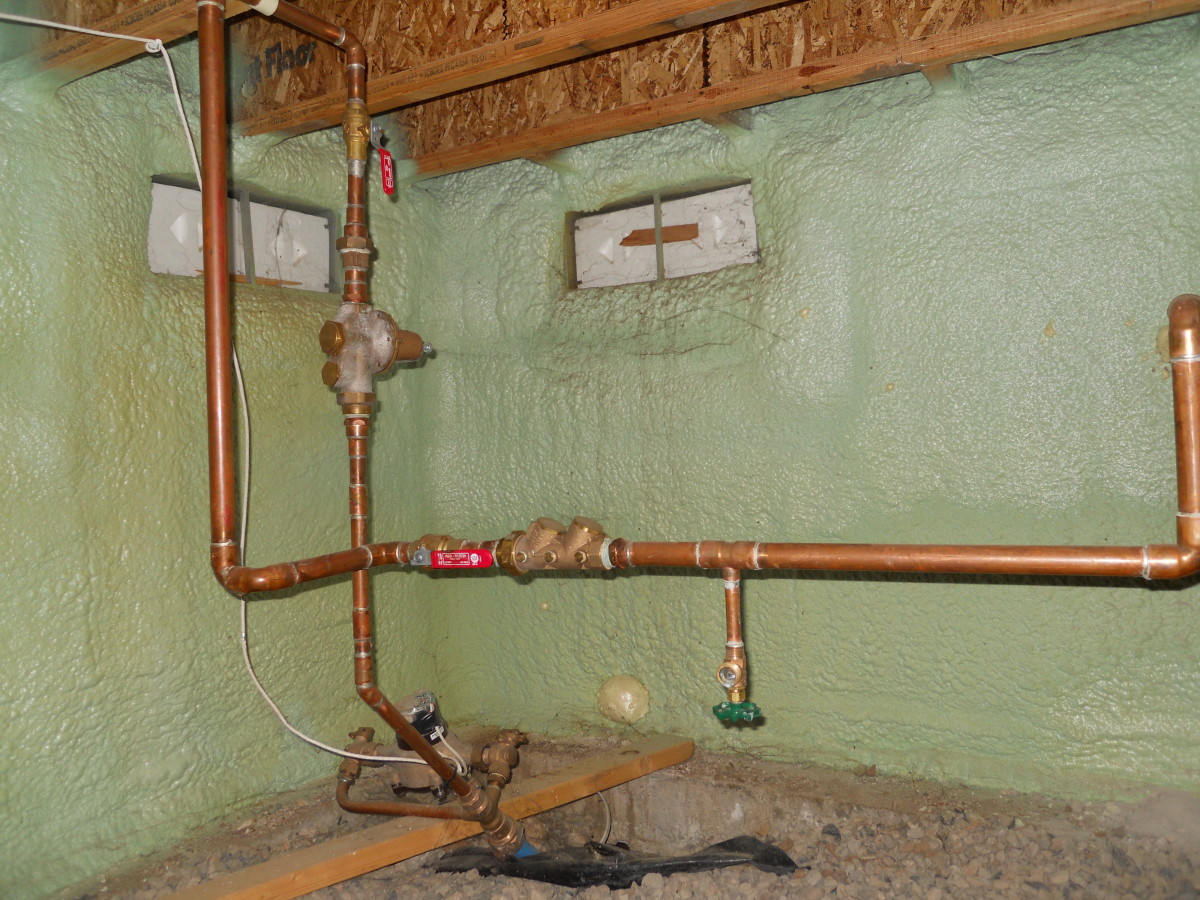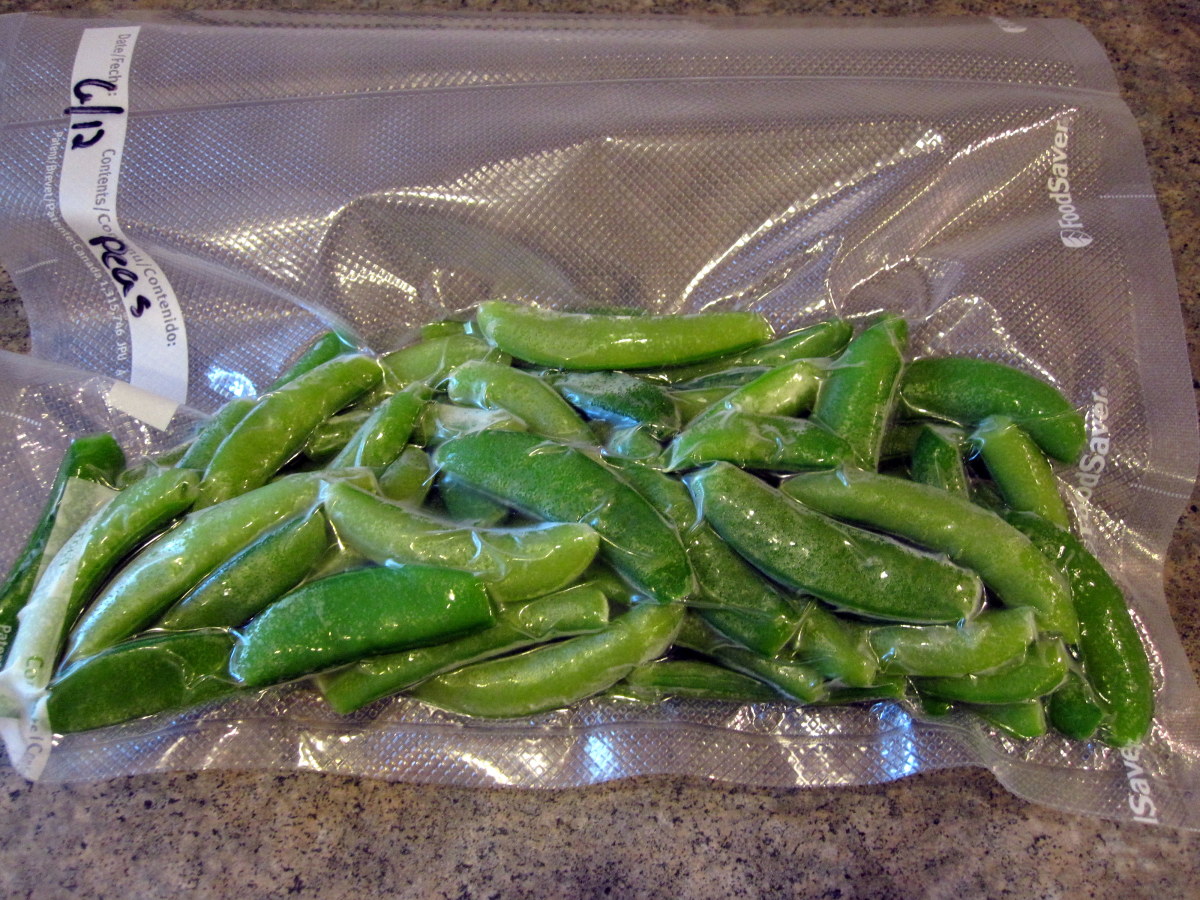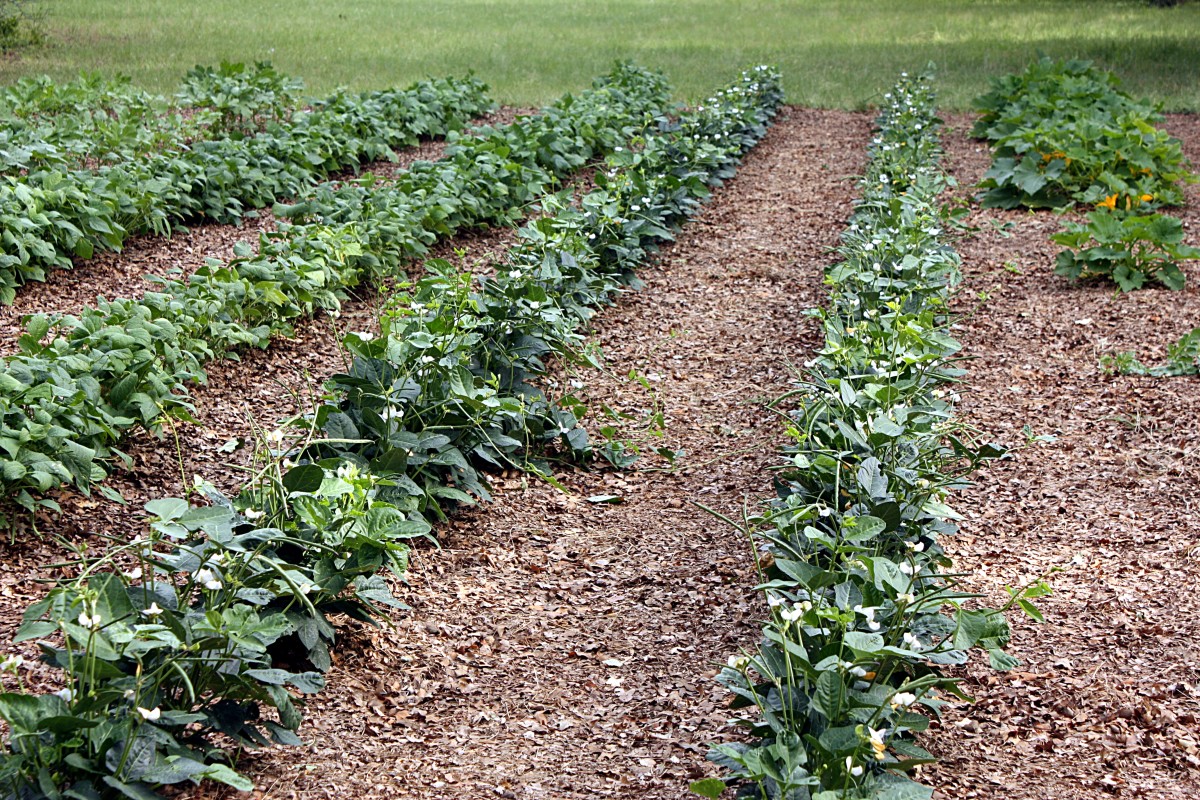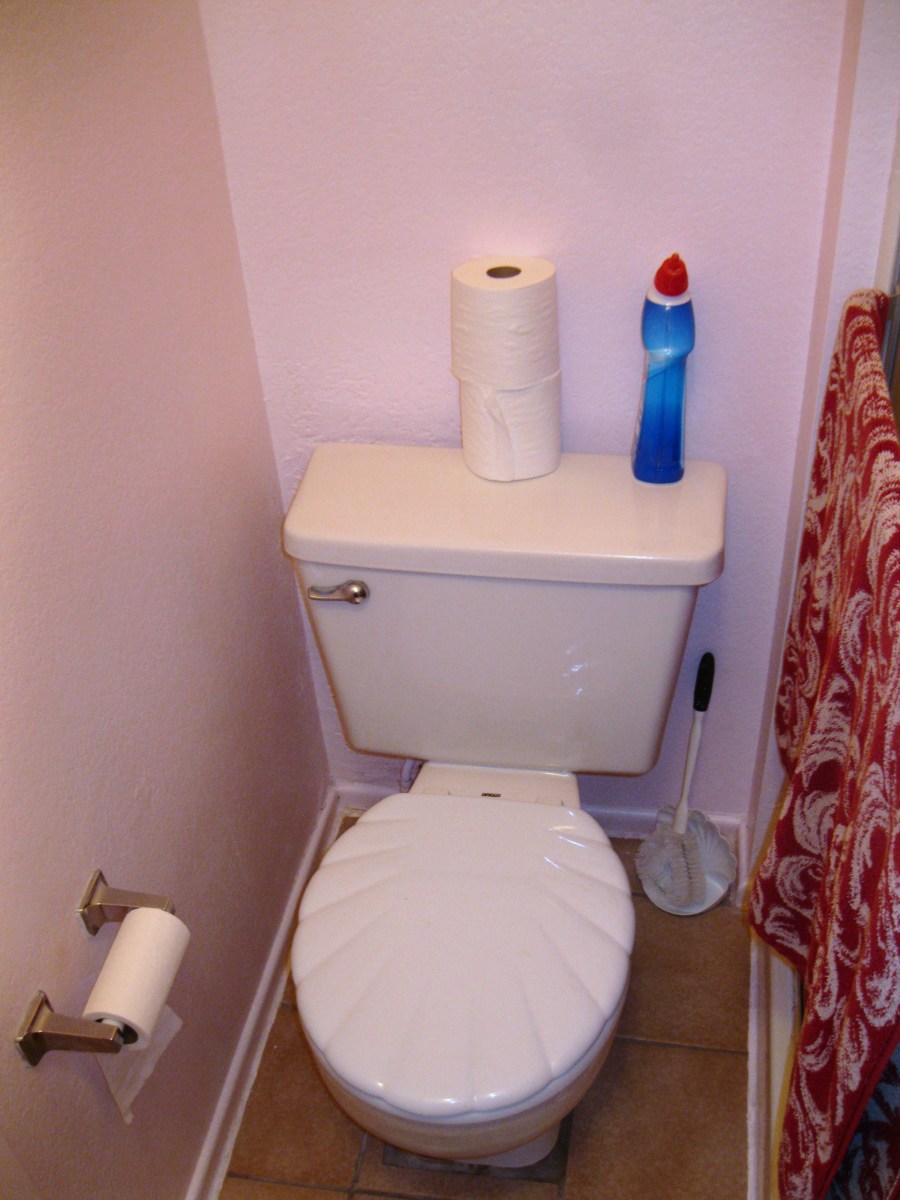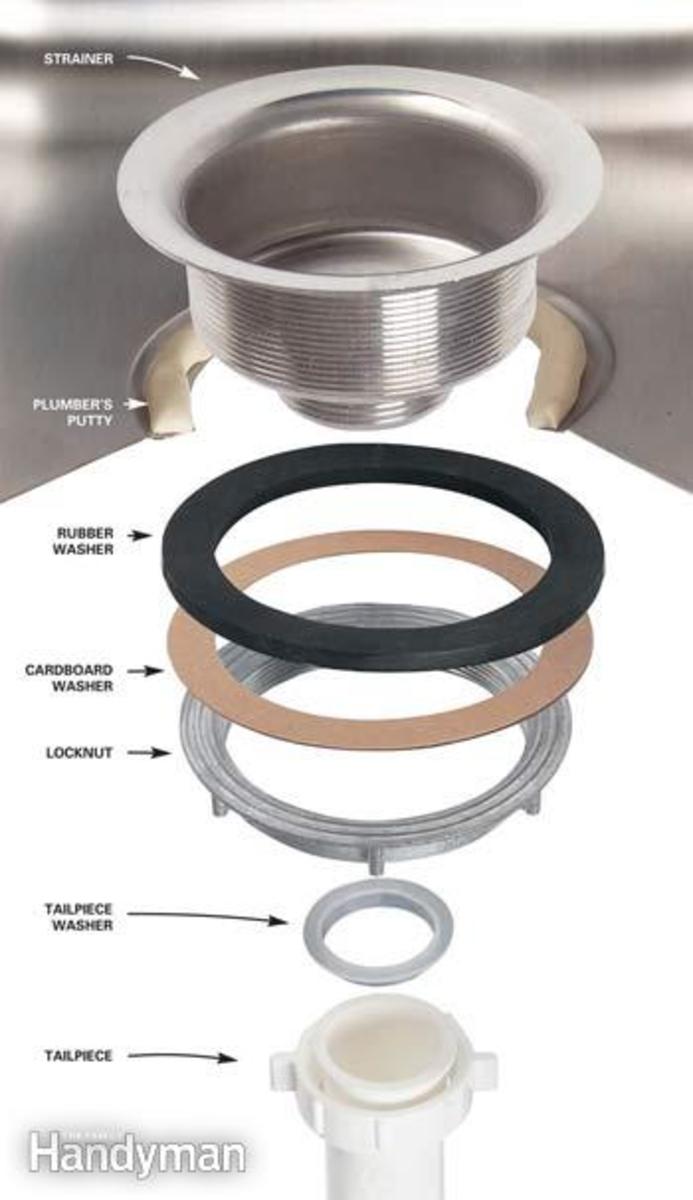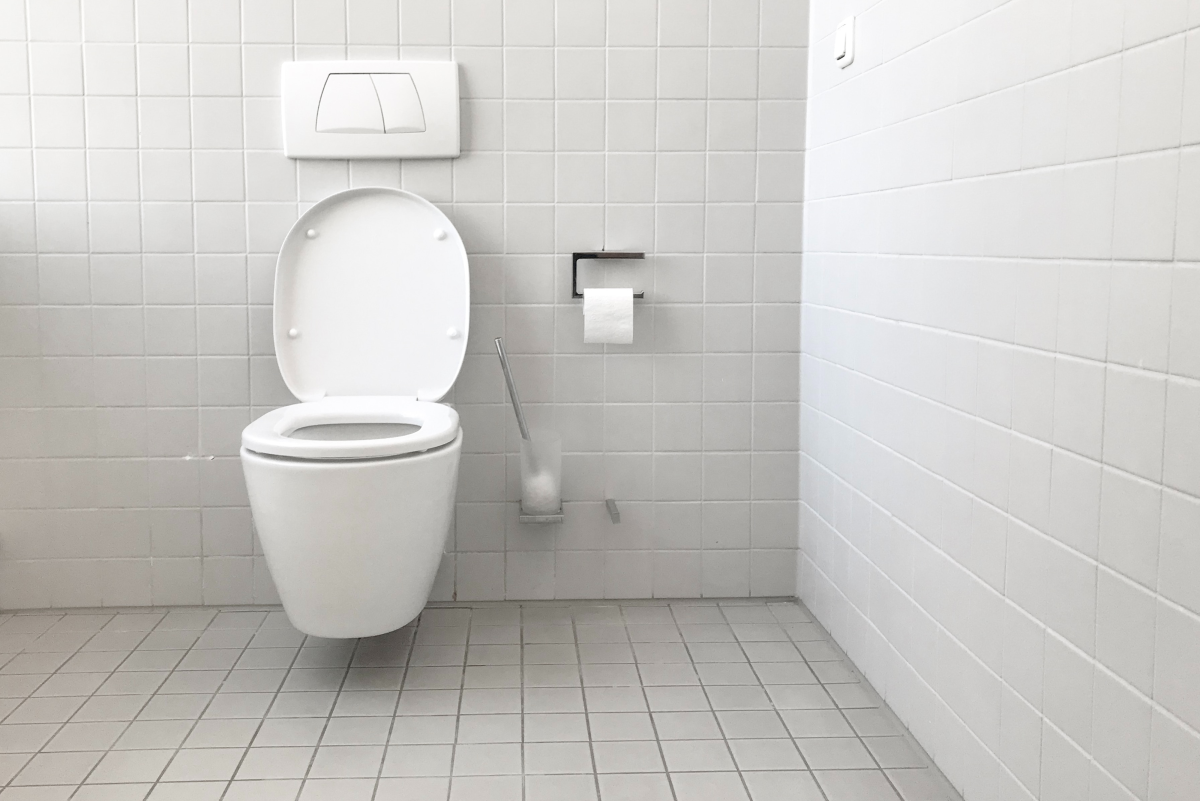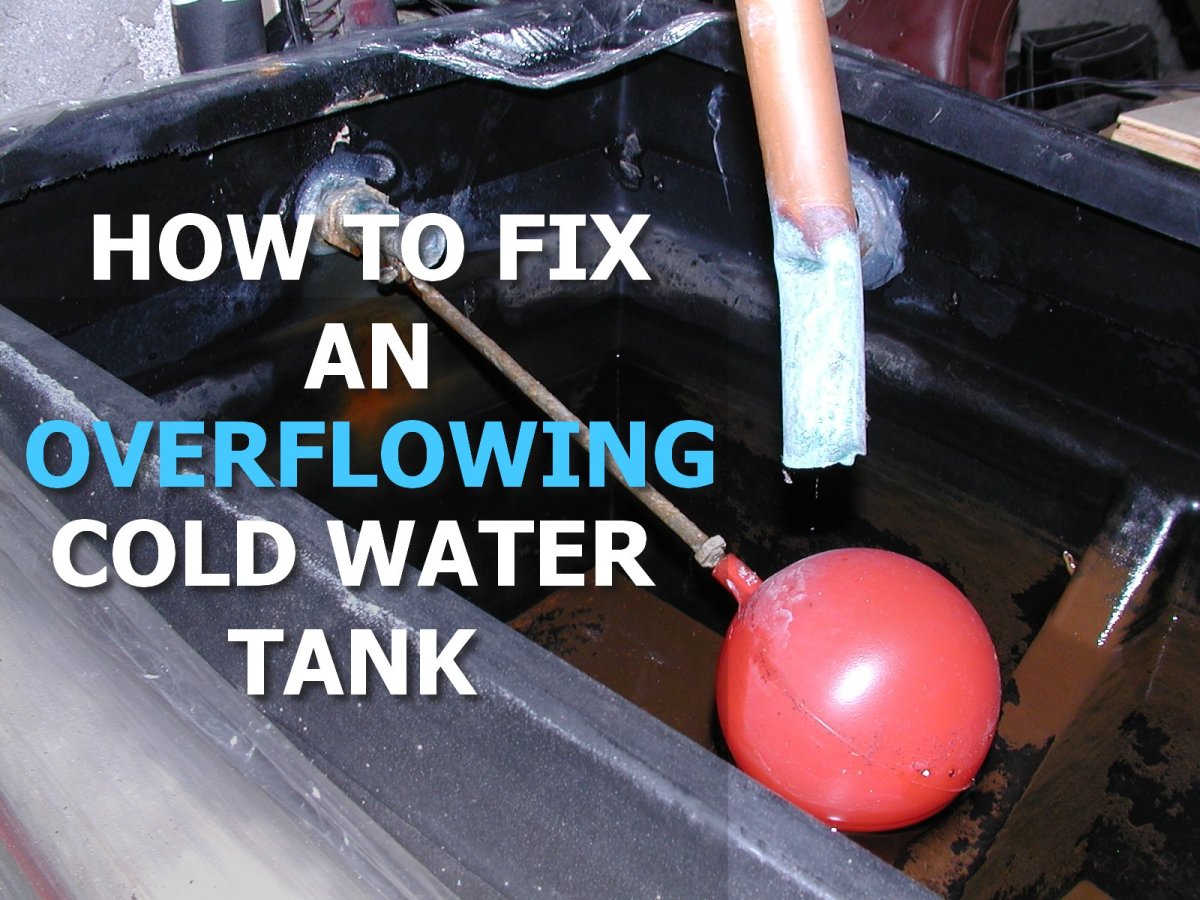Plumbing Tips: How to Prevent Frozen Pipes, with How-To Videos
prevent emergency plumbing repair with these plumbing tips
Interested in some important plumbing tips? If you live in an area where the temperature drops below freezing in the winter, there’s always the potential for your water lines to freeze. If this happens without your knowledge, the pipes could easily burst, resulting in an emergency plumbing situation. Not only will you have to hire a plumber or plumbing services, you’ll be faced with having to remove the water – possibly hundreds or thousands of gallons. By thinking and planning ahead, however, you can prevent frozen pipes and avoid an expensive plumbing repair. It’s best to do this months before the winter season begins.
lnside plumbing tips
In a very hard freeze, even indoor pipes can become frozen, possibly resulting in a costly plumbing repair by a professional plumber. Plumbing services don’t come cheap. The pipes most susceptible to freezing are the ones in exterior walls, unheated basements, crawlspaces, and unheated attic space. One set of indoor pipes that are often overlooked are the exposed pipes under the kitchen or bathroom sinks. A good way to prevent these pipes from freezing is to leave the doors open to the cabinet hiding the pipes. This will allow the room heat to keep the pipes warmer. If your kitchen pipes are prone to freezing, you can leave the cabinet doors open and aim a space heater or heat lamp on the exposed pipes to keep them from getting too cold.
It’s also wise to leave all the taps dripping if a hard freeze is expected. This won’t positively guarantee that the pipes won’t freeze, but it will greatly lessen the chance. Moving water takes much colder temperatures to freeze than does standing water.
If your walls and ceilings aren’t adequately insulated, pipes there could easily freeze. In addition, you’re losing a lot of heat in the winter and cool air in the summer. By adding insulation, you’ll lower your energy bills and help prevent frozen pipes in the winter. It’s a win-win situation. The cost will more than pay for itself in just a few years.
If you’re not going to be in the home long, you might not want to go to the trouble and cost of adding insulation to walls and ceilings. If that’s the case, at least insulate any pipes in uninsulated exterior walls and ceilings. Use pipe insulation that has a split in it. The kind with self-sealing seams is the best and the easiest to use. This type of pipe insulation can be easily cut to fit your pipes. Before purchasing pipe insulation, measure the diameter of your pipes to make sure you buy the right size pipe insulation.
Outdoor plumbing tips
Outdoor pipes, of course, are much more susceptible to freezing than are indoor pipes. Don’t forget the outdoor faucets, either. To protect your outdoor faucets, use a Styrofoam faucet cover or hood especially made for this purpose. Leaving the water dripping will also help.
For the pipes themselves, use pipe wrap. As with the pipe insulation mentioned above, make sure you buy the right size for your pipes. Where the sections of pipe insulation join, use duct tape.
If you have a small section of exposed outdoor pipe, you might consider housing it in a small box or wooden cover. Just make sure the box is adequately insulated.
If your area experiences frequent very cold temperatures, heating cable is a good idea. This is a wire that wraps around your pipe or pipes, and when it’s plugged in, the wires heat up and keep your pipes at a safe temperature. Most heating cables include a thermostat to ensure that a consistent heat is maintained.
Plumbing tips for other pipes and water lines
If you have garden hoses, uncouple them from your outdoor faucets and completely drain them of water. Once they’re dry, store them in a storage building, in your basement, or in your attic. They’ll be ready to use again next spring.
If you have a camper or RV with water lines, drain the lines, along with any holding tanks, before cold weather arrives. Insulate the pipes, too, to prevent any damage from freezing temperatures.
An ounce of prevention…
As with most things, the old adage is true for frozen pipes: an ounce of prevention is worth a pound of cure. If you’ve never experienced the kind of emergency plumbing that comes with ruptured pipes, you don’t realize what a mess they can create. You’ll have to call a plumber, and if it’s not during regular business hours, you’ll likely have to pay extra for emergency plumbing services. Of course, if you’re handy, you might be able to do a simple plumbing repair on your own, but why chance it? Avoid emergency plumbing disasters by being adequately prepared and following these plumbing tips!
More plumbing tips:
- Emergency Plumbing Repair: Thaw Frozen Pipes the Easy Way, with How-To Video
Ol Man Winter is blowing his frosty breath again, and that often means frozen pipes and emergency plumbing situations. If the frozen pipes burst, hundreds of gallons of water could be released into your... - Plumber Tips - Toilet Plumbing, with Video
If you own a home, you've most likely had to call a plumber from time to time for different types of plumbing repair. Im sure that you've noticed that the plumber wasn't cheap. Of course, when you... - All About Toilet Parts
One of mans most wonderful inventions just has to be the modern toilet! Lets face it this is something all of us use several times a day, but we really never give it a thought until it fails to... - Choosing a Shower Base
If you're planning on remodeling your bathroom, you're following the trend of many homeowners across the U.S. in fact, bathrooms and kitchens are the most remodeled and improved rooms in the home and... - Do-It-Yourself Remodeling: Shower Kits
More and more homeowners are remodeling and adding additions to their homes, and nowhere is this more evident than in kitchens and bathrooms. Many homeowners are re-thinking their bathtub-only bathrooms and...
